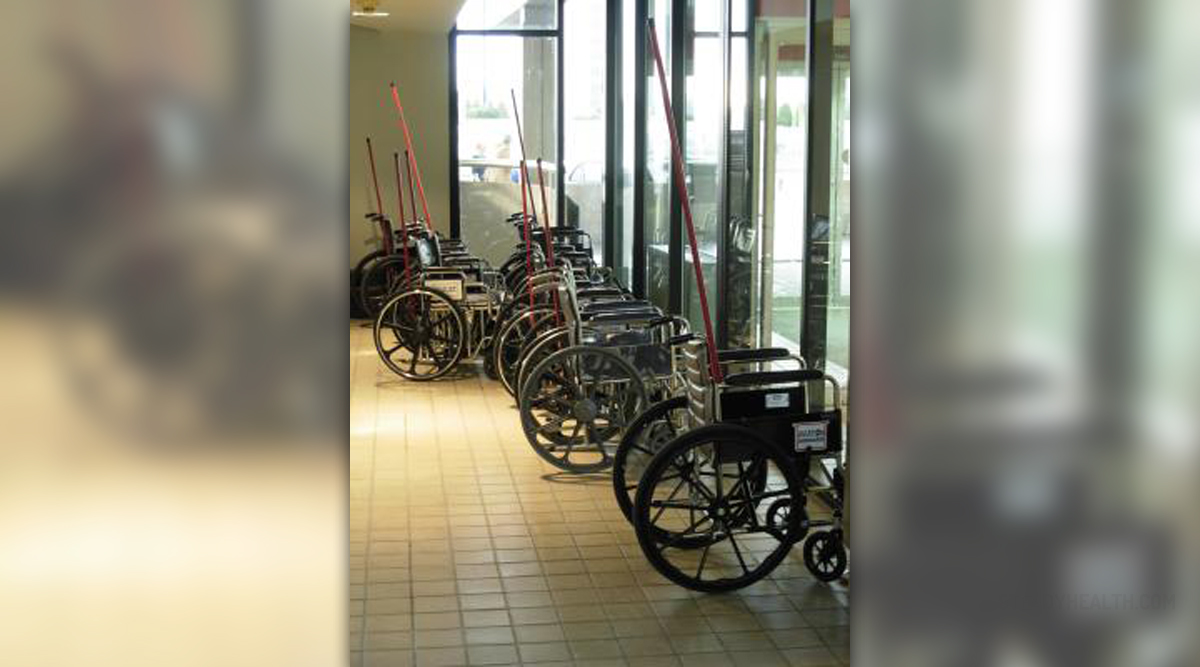
A Word or Two on Wheelchairs inGeneral
Awheelchair is a device which is designed to replace a temporarily orpermanently hindered person's walking. It resembles a chair withwheels. It may be "manually powered" (as in by means of theseated person turning wheels by hand) or it may come with a motor (inwhich case the person is most likely controlling the chair's movementvia a joystick).
Theytypical wheelchair consists of a seat, a pair or large, back wheelsas well as a pair of smaller front wheels and a foot rest. Othervariations may include a motor, a remote control, adjustable seats,etc.
Mostmodels of wheelchairs come in two variations. Those which fold, andthose, which are rigid, and do not. The modern wheelchair is mostlikely to be made of aircraft aluminum because it is reliable and isalso so light.
How to Get FreeWheelchairs Via the NHS?
TheNHS Wheelchair service offers two types of funding when it comes toobtaining a wheelchair. Namely the funding may be partially orentirely funded by the NHS. The NHS Wheelchair Services are runthrough local health authorities. They are also the ones responsiblefor allocating the relevant funds.
Thusly,the services may be contracted to and run by outside privatecompanies. The organization of the services are accordingly dependenton the local authorities. This also means that the criteria by whichit is decided "who is in need of what kind of a deal" isalso a part of the local authorities.
Thebasic process of obtaining a wheelchair is accordingly thus: referralto the local NHS wheelchair service, then an assessment of the person'sneeds is to follow, followed by the discussion of timescale andfunding options, and the process is then finally concluded bywheelchair training.
The Arrangement of the Maintenance Plan
If,after the process of evaluation is complete, it is deemed that aperson is entitled to either a completely or part funded wheelchair,the person will be referred to the service by his or her doctor(consultant, occupational therapist, etc.). The waiting period forthe assessments to take place may even stretch up to three to sixmonths, even though it is very unlikely to.
Theassessments are in fact more likely to be carried outby the NHS wheelchair service rather than the local authorities.After they have taken place, the only thing left to discuss are thefunding options.
Itis also important to note that a custom made wheelchair may even takeup to several months to make and deliver, while the delivery processnormally doesn't last nearly as long in other cases.

















Your thoughts on this
Loading...